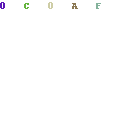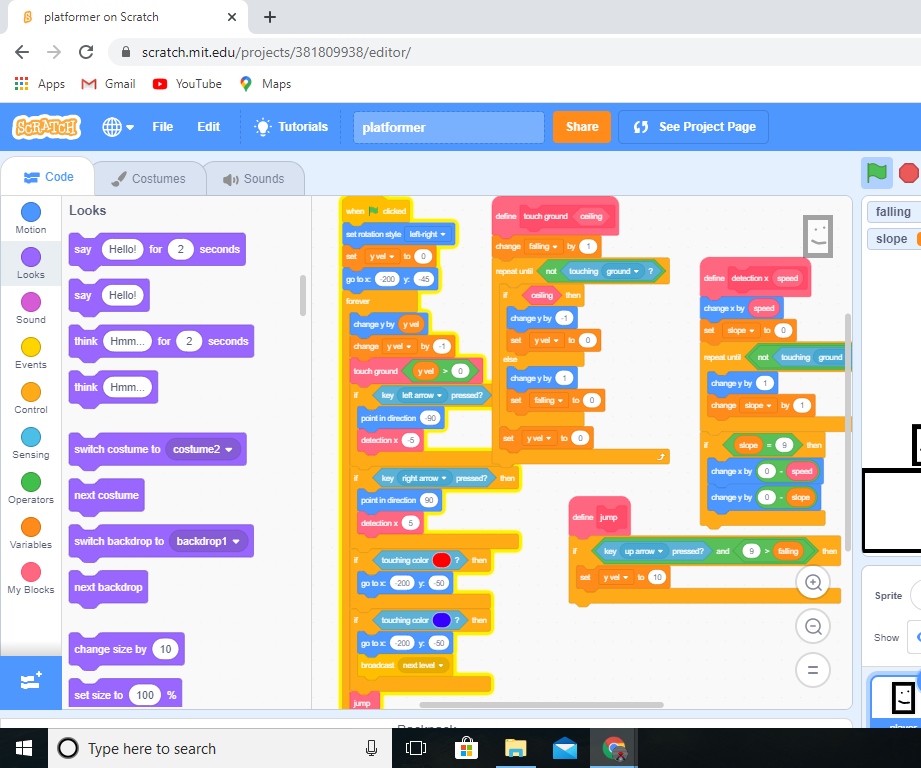

- HOW DO YOU MAKE A PROGRAM RUN AT STARTUP FOR WINDOWS 10
- HOW DO YOU MAKE A PROGRAM RUN AT STARTUP SOFTWARE
- HOW DO YOU MAKE A PROGRAM RUN AT STARTUP DOWNLOAD
- HOW DO YOU MAKE A PROGRAM RUN AT STARTUP WINDOWS
HOW DO YOU MAKE A PROGRAM RUN AT STARTUP WINDOWS
I understand why you want to have security tools run as soon as possible.īut, particularly with Windows Defender built in to Windows 10, I don’t believe there is a window of vulnerability at startup time. But I’m not aware of any that give you any control over the order. Other tools also provide utilities to examine and modify the programs that start up automatically, sometimes exposing more than Task Manager does. The one thing you can’t control? The order in which things happen. (I’m also guessing yours will be shorter.) Here you can control what gets started automatically and see what impact each item seems to have on your startup time. If you’re wondering what in that long list you can disable, have a look here: What Can I Disable in Task Manager’s Startup List?Įven after you disable some entries, it’s still a pretty long list, but at least it’s manageable. The Startup tab in Task Manager is your best, first place to edit what’s in your control concerning startup. To make changes to the startup order, you have to make many assumptions about how things work and how they might or might not change over time.ĭo it wrong, and you can make your machine unbootable. report this ad Changing startup order: just not a good idea Your list will be different, of course, as it’s highly dependent on exactly what you have installed and on the configuration of your machine but it’s not going to be significantly less complex. That’s an example of Autoruns on my machine, listing hundreds of elements involved in Windows’ startup.
HOW DO YOU MAKE A PROGRAM RUN AT STARTUP DOWNLOAD
There’s so much going on behind the scenes that we just never need to think about.Ī great way to understand the magnitude of what I’m talking about is to download and run the free Autoruns utility from Microsoft. The start-up sequence is complex because Windows is complex.
HOW DO YOU MAKE A PROGRAM RUN AT STARTUP SOFTWARE
The good news is that with the security software built into Windows 10, startup is secure, no matter what order programs run in. Windows Task Manager includes the ability to control some aspects of startup, but controlling startup order is not one of them. You can use Autoruns to get a sense for how many different parts there are.
HOW DO YOU MAKE A PROGRAM RUN AT STARTUP FOR WINDOWS 10
We need to create it before we can access it programmatically.The startup sequence for Windows 10 is complex. Note that in a vanilla installation the directory ~/.config/autostart may not yet exist. The content of this file may be as follows: Similar to what the GUI solution above does we can manually add a. Select an application to add to autostart. If we do not know the command we can choose to "Browse." our file system for installed applications. We may also add an optional "Comment" here. If we know the command to run the application just enter it here in the "Command" line. Tick or untick the applications there or choose "Add" to add a new application: This will open a window where we can see all installed applications that will run on startup. Or we can run the startup preferences from a terminal with gnome-session-properties We can search the Dash for "startup applications"


We can add applications to the "Startup Applications" by opening the menu entry on the top panel right side: startxfce4 for XFCE, or when running Xubuntu.gnome-session -session=classic-gnome for classic GNOME desktop.gnome-session -session=ubuntu for standard desktop (with Unity in 11.04).To start another installed desktop manager replace the last line from the ~/.xsession script with the following: Next time we login we will have the choice to start a "Marco's Crowded Session" with all applications from the script running in addition to applications from the gnome-session (or any other desktop manager you chose to start here). session=classic-gnome as option to run Classic GNOME Desktop in 11.04. Options for gnome-session may be omitted to load the default session. desktop file, that is ~/.xsession in the example given, needs to be made executable and may have a content similar to this: #! /bin/bash The script needs to be named as defined in the. xsession in the HOME directory at login where we can put in any appplications we need to start after login. Use any fancy name for your session and replace username by your name of course. This has the advantage to use different sessions for different task, each with different applications loaded.įor this purpose we create a sktop file as root in /usr/share/xsessions with the following content (for GNOME/GDM): User defined sessions for applications to start after loginĪn alternative way to automatically start applications after login is to define a user defined session.


 0 kommentar(er)
0 kommentar(er)
